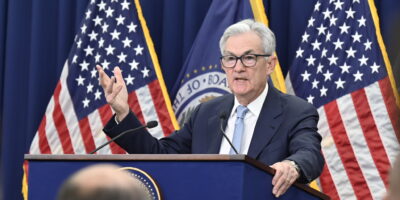The Signals of the Fed
The Fed made what it claims is a minimal change in strategy today, as it raised the emergency loan rate today from 0.5%. According to the Wall Street Journal, “The Fed said the move wasn’t meant to affect monetary policy…” Yet in a realm as dependent upon expectations as monetary policy, how could a marked change in Fed policy not have effects?
The Fed keeps tight-lipped as to when changes in policy will take effect. While it is expected that discount rates will rise at some obscure future date, until it actually happens people are kept guessing as to when that date may come. Even a small loosening such as raising the emergency loan rate shows that the Fed’s perception of the economy has shifted. Rather than being in the depths of a critical state, the economy has strengthened enough for the Fed to begin rolling back its “crisis procedures”.
Obviously this admission of a strengthening economy will filter through the market. It has already done so in some respects, with stocks reacting and the Treasury yields rising (a two-year note rose from 0.88% to 0.92%). Now the market expects the shift in Fed policy to continue sooner than previously thought, with discount rates rising in the near future. It will be interesting to see, then, how much damage the enlarged money bank reserves will affect the economy once enough confidence is restored for banks to lend on them. If the Fed hints that the economy is recovering, we may soon see the damage wrought by the emergency procedures the Fed put in place in reaction to the early crisis.
Tom Duncan
Sound Money Fellow
Atlas Economic Research Foundation








